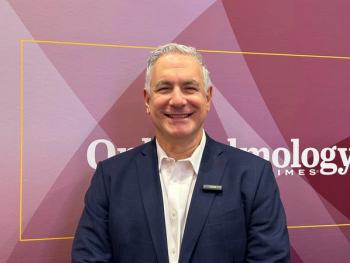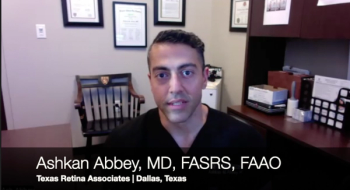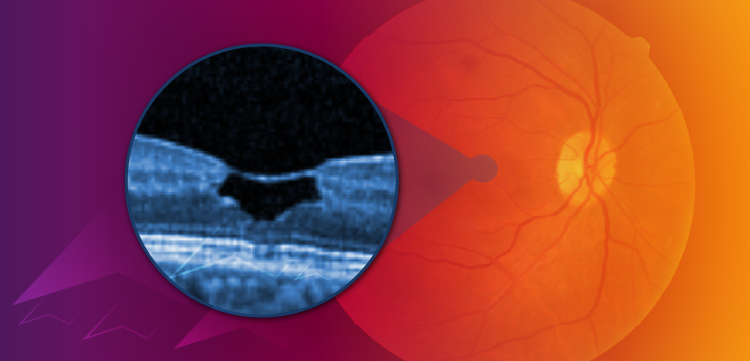
Indiana University breaks ground for new eye institute
The number of researchers and physicians working in the area of vision and ophthalmology at Indiana University (IU) is expected to double with the completion of the Eugene and Marilyn Glick Eye Institute in 2010.
Key Points
Indianapolis-The number of researchers and physicians working in the area of vision and ophthalmology at Indiana University (IU) is expected to double with the completion of the Eugene and Marilyn Glick Eye Institute in 2010. The IU-Purdue University Indianapolis campus broke ground for construction of the institute in October.
The four-story, 70,000-square-foot building will consolidate the three missions of the IU Department of Ophthalmology: patient care, research, and education. It will include an adult outpatient clinic, ophthalmology classrooms, an optical shop, a basic-science research center, faculty and administrative offices, graduate student meeting rooms, and space for program expansion. Almost half of the building will be dedicated to space for research.
"The number of people suffering from vision loss will double over the next 5 years as our population ages," said Robert D. Yee, MD, chairman of the department and the Merrill Grayson Professor of Ophthalmology at the school. "This new building . . . will be an important resource for people in central Indiana and beyond."
The IU ophthalmology department is observing its 100th anniversary. Since 1908, the department has offered the only medical education program for ophthalmologists in the state of Indiana, according to the university. The first full-time ophthalmology faculty member was appointed in 1949. Today, the department has 17 full-time clinical and research faculty; 18 residents; five clinical fellows; 24 adjunct, part-time, and volunteer faculty; and 94 staff members.
Newsletter
Don’t miss out—get Ophthalmology Times updates on the latest clinical advancements and expert interviews, straight to your inbox.





















































.png)


